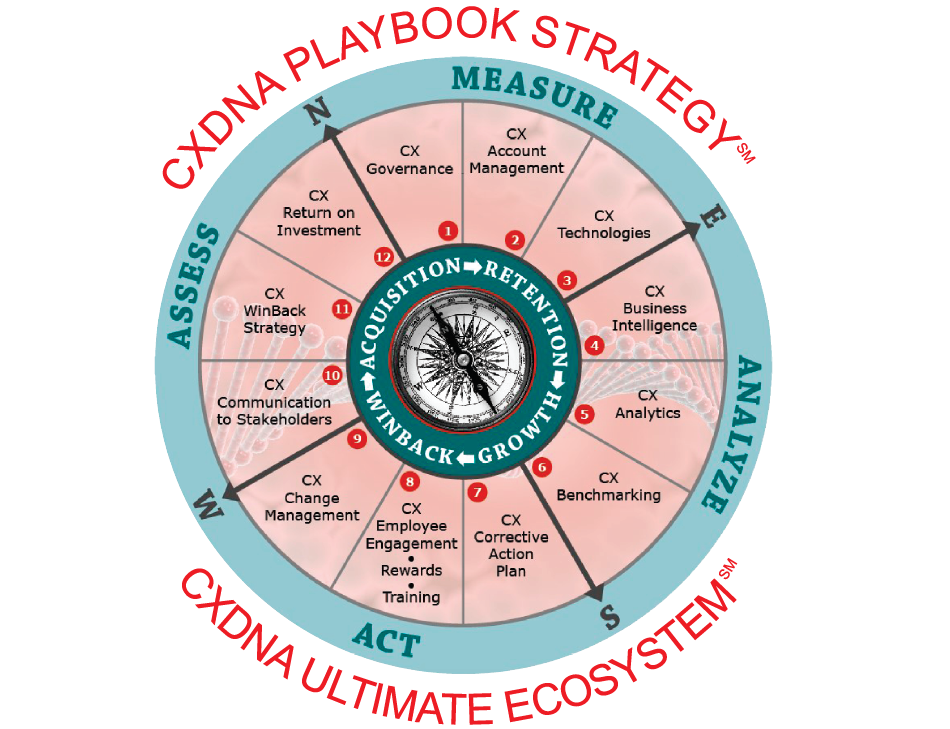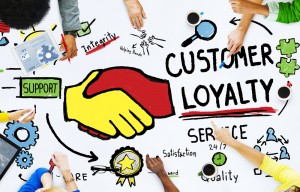

Customer relationships have moved far beyond the typical sales cycle, specifically within the B2B space. Instead of ushering clients into the traditional sales funnel, brands must now focus on bringing top-notch service to their customers at every stage of the journey. But for those companies looking to juggle growing demand and heightened expectations simultaneously, it’s essential to segment their customer bases in order to establish which accounts are most vital to their continued success and deserve “trusted advisor” services.
Beyond all else, companies must first acknowledge that it’s impossible to treat all clients equally. Not only would such an approach be taxing on sales and service associates, but it would also put undue strain on the brand’s finances. Segmentation, however, enables leaders to assess and categorize customer relationships so they may provide each client with the appropriate attention. No matter the size of your company, resources can become strained if associates are forced to devote equal amounts of time to clients that don’t ultimately yield the same level of customer lifetime value.
Segmentation offers companies an opportunity to add value through maximizing the use of their products / services. This added value (trusted advisor services) is reserved for those customers who meet the segmentation Tier I / Tier II criteria as shown below.
Below is a basic account segmentation example:
Tier I: Significant annual revenue and / or strategic value
Tier II: Potential significant annual growth and / or customer lifetime value
Tier III: Remaining customer accounts
When developing your company’s segmentation strategy, however, leaders must ask the core questions that’ll determine which accounts are essential for current / future growth:
-
Which customers qualify for trusted advisor services now / future?
-
What changes must the company make throughout the organization to achieve this desired level of segmentation?
-
How will the company measure the value (ROI) of segmentation?
Forming deeper, more targeted relationships affords brands increased loyalty, sales, and profits, while customers enjoy an enhanced experience that adds value to their bottom line. Exceptional service must be the baseline for all, but leaders need to build upon this solid foundation to preserve and expand their relationships within key accounts. In recent years, Big Data has forced companies to sift through the “white noise” that threatens to cloud their understanding of those they serve. Segmentation, while not an exact science, allows leaders to organize customers into manageable groups that promise to add clarity to an increasingly perplexing, saturated market. Companies must ask themselves: Are you willing to earn “trusted advisor” role?
Once your company has developed its own solid segmentation strategy, it will be easier to determine which customers require key account protection program (KAPP). KAPP theory is based on “the process of building long- term mutually beneficial relationships with your most valuable accounts. Many of CRMI / Marketii clients of the NorthFace ScoreBoard Award (NFSB) for customer service excellence, have added (KAPP Relationship Survey) component to their existing CX strategy.
Leader must evaluate both revenue and strategic value in choosing key accounts. Leaders must also limit the number of assigned key accounts to start because overcommitting the company puts their reputation and the reputations of their customers at risk. By starting small, brands can ultimately position themselves as leaders within the given market as they strategically fine-tune their ability to help key accounts excel.
Key account managers are also an integral part of your company’s success. Though it might seem logical to promote your best salespeople to key account managers, leaders must recognize that this role requires special training and skill. These employees aren’t merely trying to sell or upsell to these clients. Instead, they’re responsible for expanding these strategic relationships. They will need to develop an intimate understanding of the client they are working with so that they may collaborate effectively and proactivity.
KAPP, after all, must become interwoven with the fabric of your brand. It’s not some lone offshoot? it’s an enterprisewide policy. Key account managers must be evaluated using metrics that prioritize the lifetime value of the customer, as these associates are tasked with establishing and maintaining rapport with clients that’ll prove most beneficial to the bottom line of both parties.
Ideally, those heading these key accounts will become so intimately evolved that clients will no longer see them as vendors, but instead as partners (trusted advisor) who have nothing but their interests at heart. At this point your brand has moved beyond selling, therefore, the buyer-vendor relationship has transitioned to the client-partner phase. If clients perceive you as their vendor after you’ve deemed them one of your key accounts, then it’s likely both the company and the account manager have failed to convey the client’s worth.
In general, vendors are seen as companies that aim to sell products and solutions even when they don’t satisfy the needs of the customer in question. They push their services despite the fact that their offerings fail to address the customer’s specific situation. They neglect to tailor their sales approach to accommodate those with which they seek to do business. Partners, however, are proactive. They foresee challenges and offer solutions before problems arise. They’re reliable and honest. They treat the client with dignity, respect, and overtime earn their “trusted advisor” role.
Trusted advisors, first and foremost, are in relationships for the long haul. They understand that the customer’s success begets their success. Trusted advisors know that, to prosper, they must communicate clearly and hold themselves accountable in their effort to lift the client up and never let them down. Ultimately, key account management depends upon services rendered after the sales team has worked its magic. Service has become an undeniable differentiator throughout today’s market, but when it comes to key account management, it’s not just ideal – it’s critical.
About the Authors
Bill Moore is Vice President of CXDNA Practice for Customer Relationship Management Institute LLC (CRMI) (https://www.crmirewards.com/about). He delivers (CXDNA) strategies best practices training / workshops, as well as CEMPRO employee soft skills certified training programs, that raise employee’s customer service awareness – competence – operational practices resulting in employee’s who continuously exceed customers’ expectations.
Duncan Heal, President/CEO for Market Intelligence International (Marketii.com), where he oversees the activities of the company’s marketing / sales, customer experience operations team and professional consulting group. Marketii is a global market research firm that specializes in the area of customer satisfaction with service quality surveys (25 native languages), reporting, feedback, analytics and consulting.
Contact Diane Rivera, Director of Membership Services email: drivera@crmirewards.com Tel: 978-710-3269 to learn how your organization can prevent competitors from winning your accounts.





